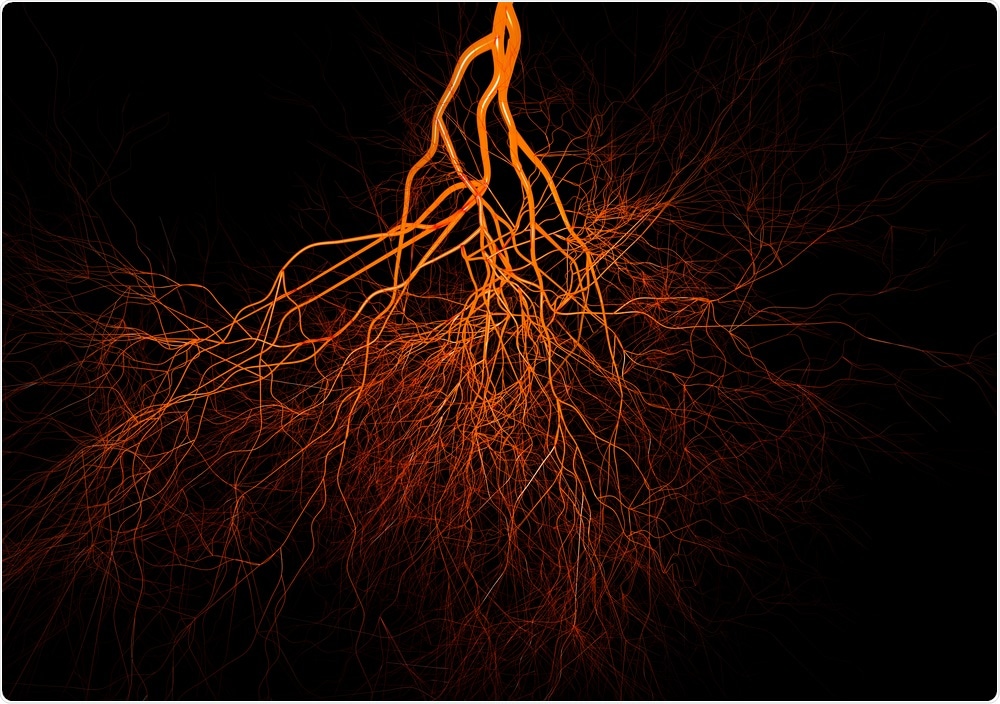
Lab-grown blood vessels provide hope for dialysis patients
Research published this week describes how lab-grown blood vessels were transformed into living tissue when grafted into dialysis patients needing replacement blood vessels. The recipients’ cells effectively infiltrated the artificial blood vessels, so they became like the patients’ native blood vessels.
 Inozemtsev Konstantin | Shutterstock
Inozemtsev Konstantin | ShutterstockThere are many conditions for which replacement blood vessels are needed. Blood vessels can be damaged through trauma and a range of cardiovascular disorders. Replacement blood vessels are also used to restore normal blood flow to the heart in life-saving coronary artery bypass surgery.
Currently, replacement blood vessels are obtained from autografts taken from another part of the patient’s body, donated vessels, or synthetic substitutes. These strategies, however, have their limitations.
The options for harvesting and repurposing vessels for autografts are restricted, donated vessels carry the risk of rejection, and currently available synthetic grafts are associated with the risk of infection, adverse host cellular reactions and mechanical degradation.
Researchers at Humacyte in North Carolina decided to address the need for an alternative source of replacement blood vessels.
This week they reported a successful outcome to their endeavours in the journal Science Translational Medicine.
The team seeded human smooth muscle cells from donated cadavers onto a biodegradable mesh scaffold. The cells were provided with nutrients and produced a 3D network of proteins, such as collagen.
When the mesh disintegrated a protein tube about 420 mm long and 6 mm in diameter remained, which the team called a human acellular vessel (HAV). The HAV was cleared of all the original cells as these may be recognised as foreign and elicit an immune response in the recipient.
A HAV was implanted in the upper arms of 60 people with kidney failure whose blood vessels would not permit the dialysis they needed. The engineered blood vessels did not trigger significant immune reactions in any of the patients.
Subsequently, samples of the HAVs were obtained 1-2 years after implantation from 13 of the recipients during routine operations. It was observed that the HAVs had become populated with both smooth muscle cells and endothelial cells and covered in microvessels that supplied oxygen and nutrients to the implant.
The artificial vessel had thus been incorporated by the recipient’s body and resembled and functioned like a natural blood vessel.
The researchers conclude:
Furthermore, the multi-layered tissues that had grown around the HAV had repaired themselves at the site of penetration by a dialysis needle.
The researchers are now comparing the HAVs with a synthetic alternative in a clinical trial involving hundreds of patients and it is hoped that they could be used in the future to replace arteries damaged by heart disease.
Source:
Kirkton RD, et al. Bioengineered human acellular vessels recellularize and evolve into living blood vessels after human implantation. Science Translational Medicine 2019;11(485). DOI:10.1126/scitranslmed.aau6934

No comments:
Post a Comment